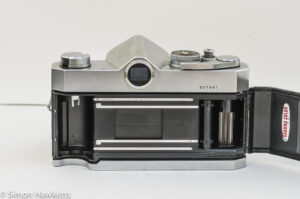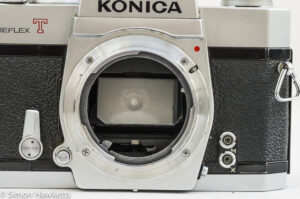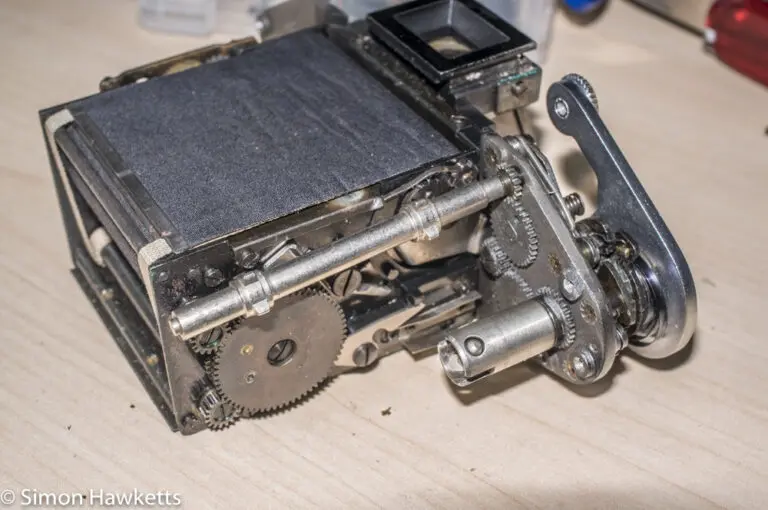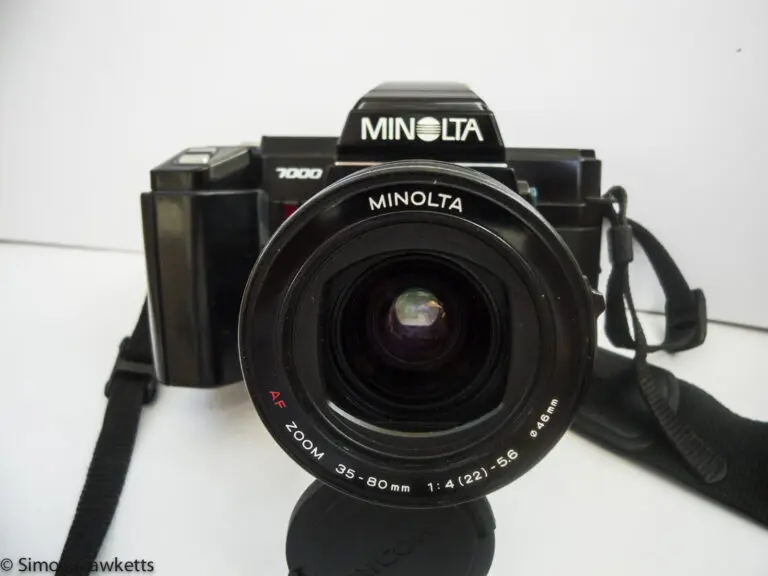Konica Autoreflex T2 review from 1970
This is my review of the Konica Autoreflex T2 35mm slr which was a model in the middle of what became a long line of cameras made by Konica.
Konica Autoreflex T2 Images
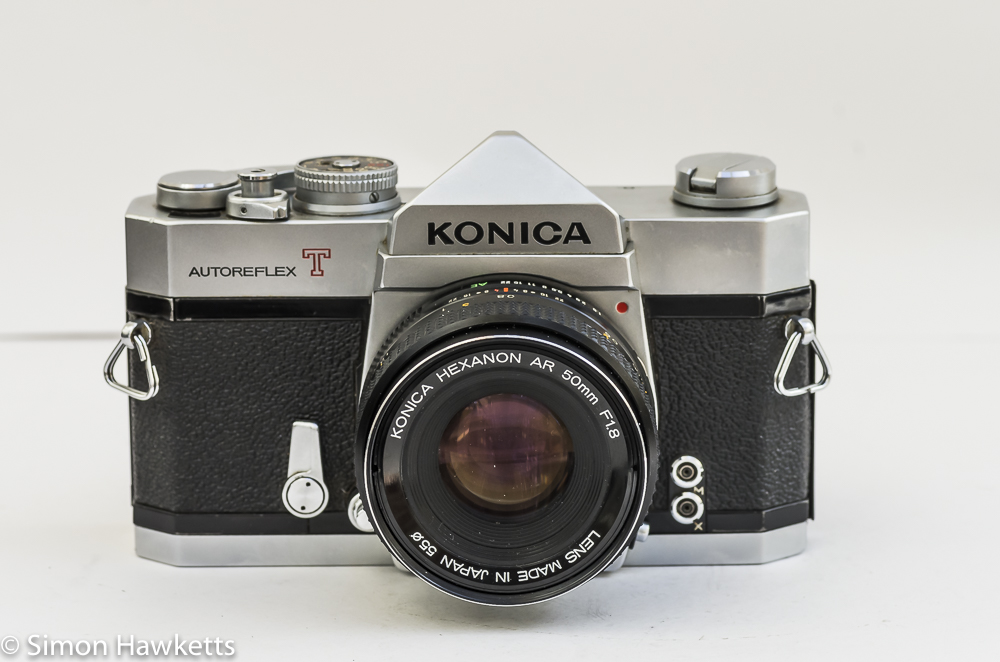
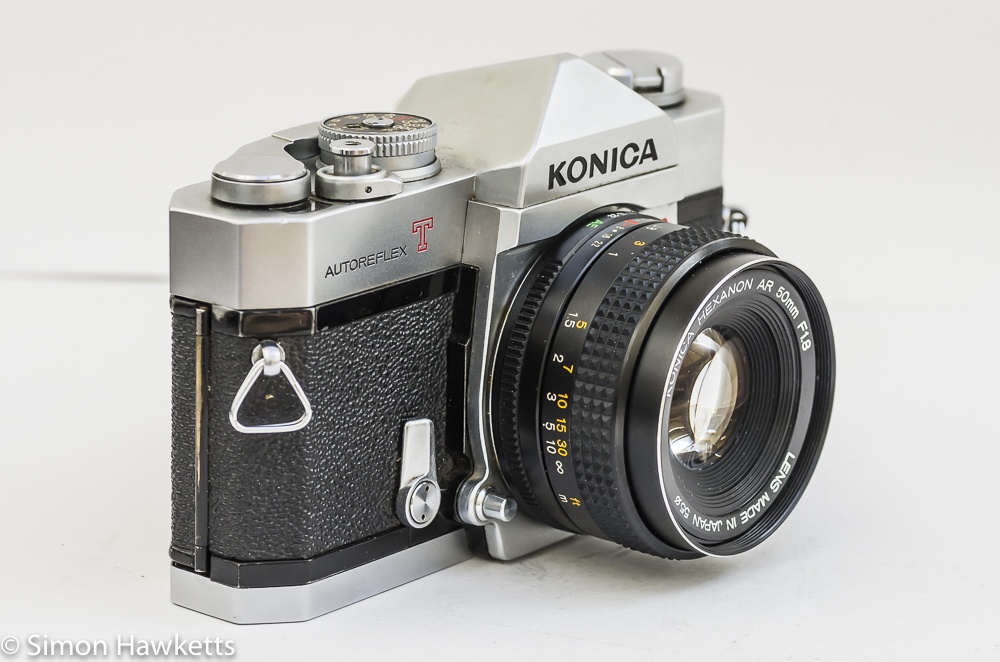
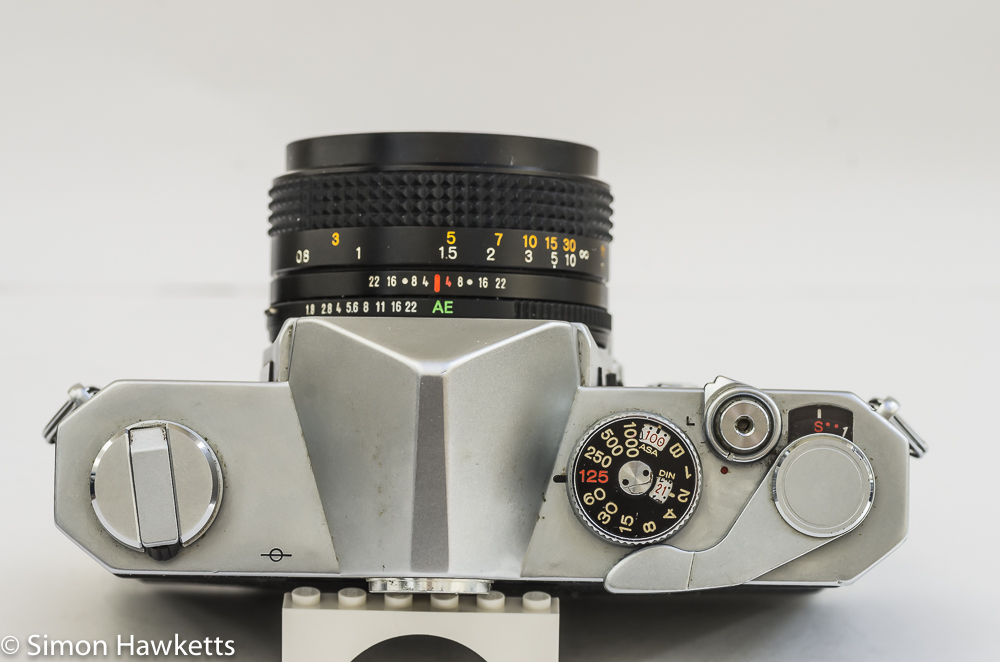
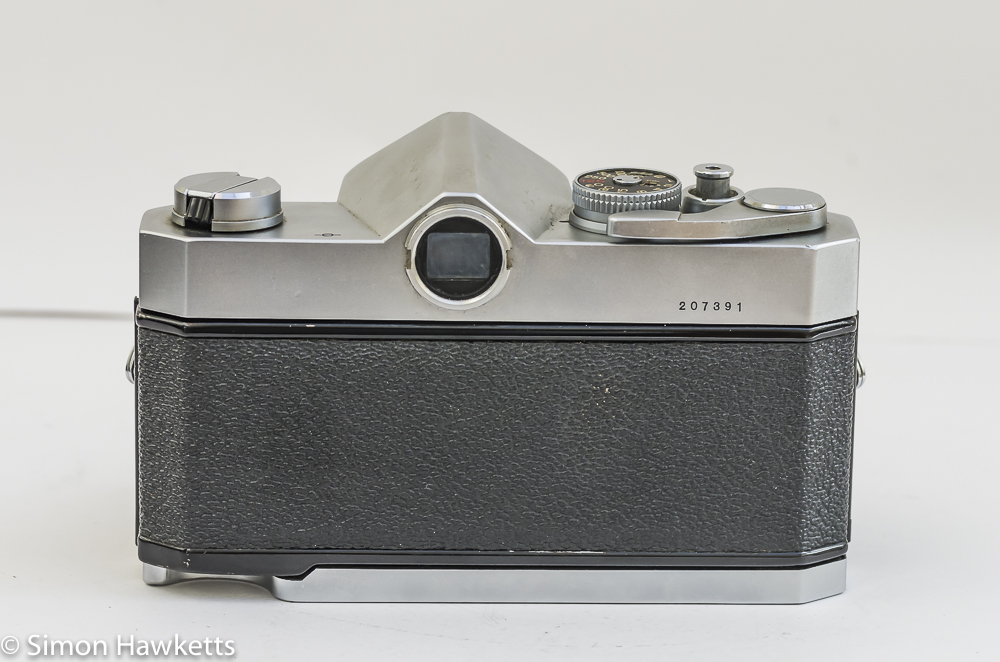
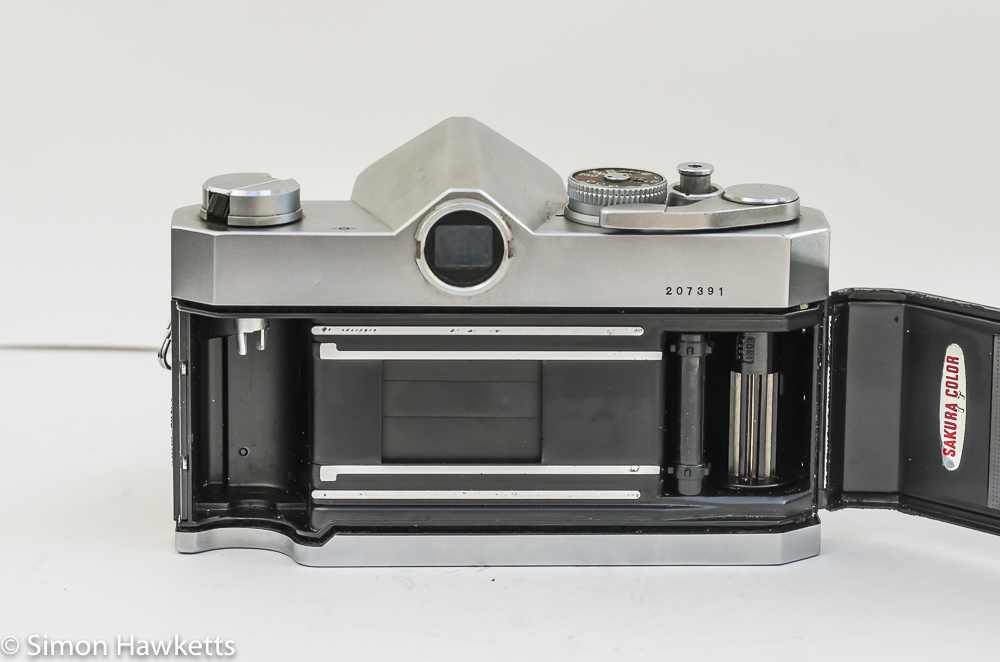
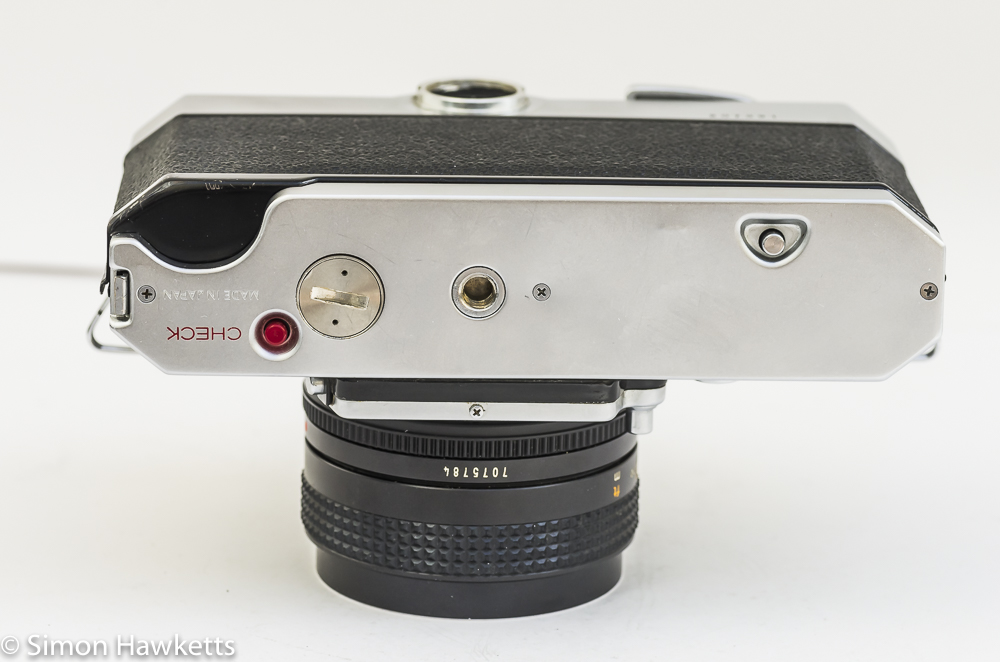
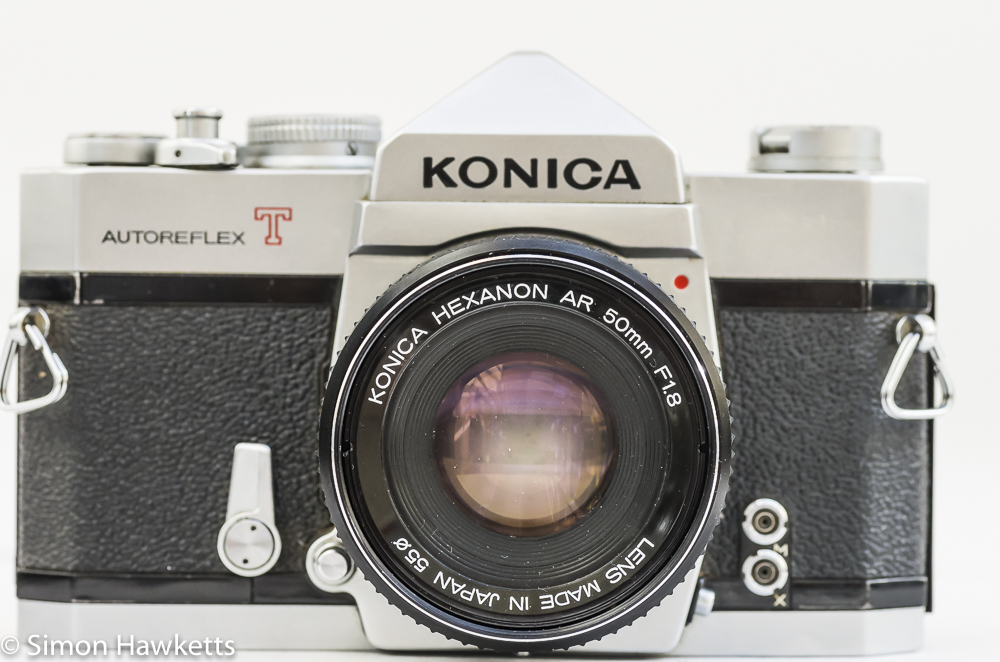
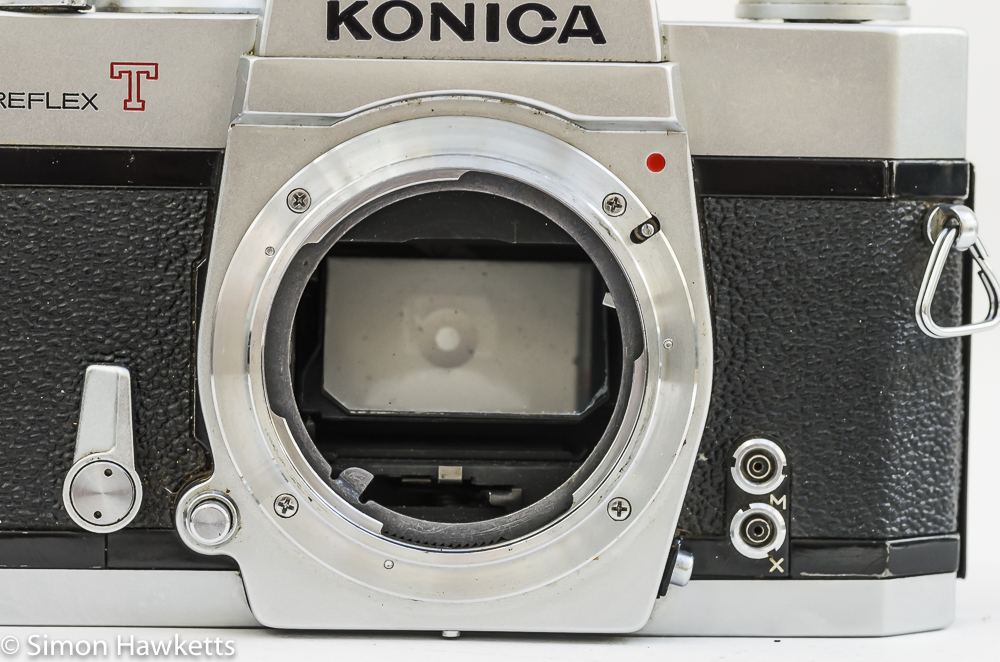
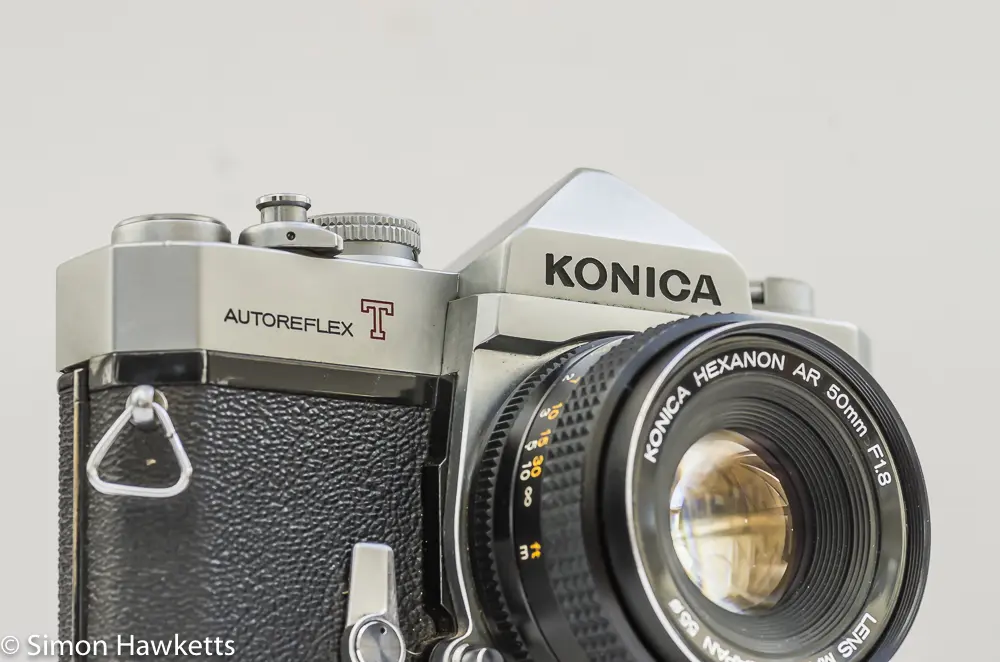
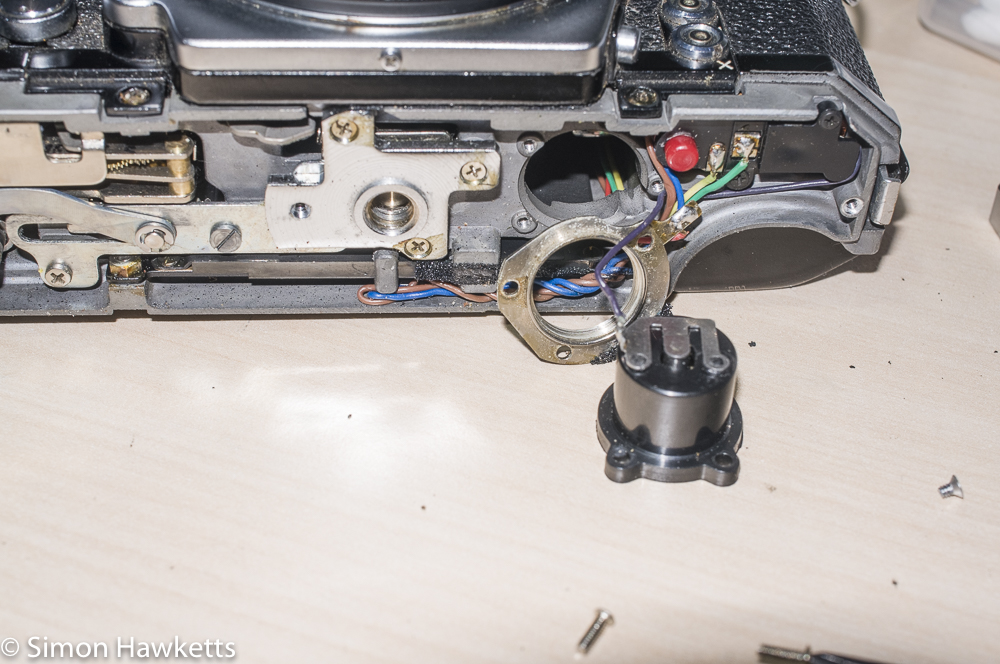
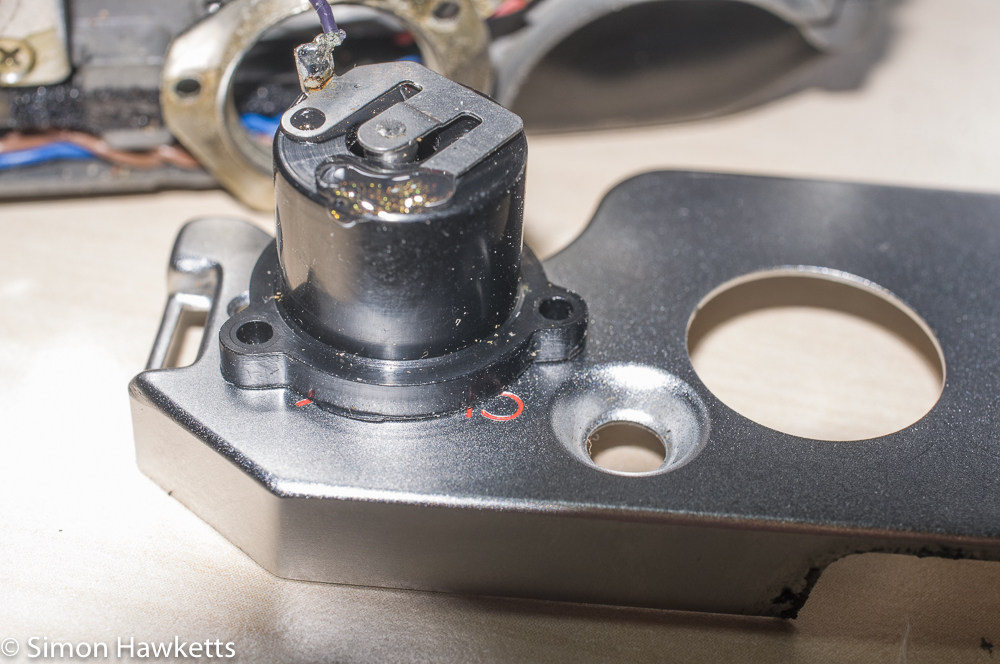
My Konica Autoreflex T2 Camera
I purchased this camera for £14 as a body only from eBay from a seller who described it as in good physical condition but was sold for parts or repair because the shutter was jammed. However, I could see from the photos on eBay that the self-timer was at an angle, so I deduced that the camera was probably jammed by the self-timer being stuck, and it should be a relatively easy fix.
As it turned out, when the camera turned up a few days later, the fix was even easier than I thought.
The first thing I tried was to see if the self-timer would move at all, but it seemed fairly solid, so I tried the shutter release. This too was locked and when I tried the film advance and found it too was locked solid I was resigned to having to take the covers off and deal with the self-timer.
First however, I opened the back of the camera and had a look at the shutter and found there was a tiny gap at the top of the vertical shutter. I put my fingers through the lens opening and used a finger on both sides of the shutter to gently pull the shutter blade up and as the gap closed the self timer sprang into life and started it’s run down! When it finished, there was a click and the film advance was unlocked and I could turn the film advance and cock the shutter.
The only shutter related fault remaining is that the shutter release doesn’t always release the shutter on the first press, sometimes I need to press it again to trigger the shutter. I think this is something a bit stuck somewhere and needs a good clean, although having activated the shutter every day for a few weeks it is getting freer. Interestingly, if I use a cable release, the shutter fires every time.
With the major fault cleared, I looked round the rest of the camera and found it is in excellent physical shape with no knocks or dents, although there are a few places where the black paint is rubbed. The viewfinder is very cloudy and will need to be cleaned, and I couldn’t get anything to read on the meter, so I assumed there were no batteries fitted and took off the battery cover to fit some. That was when I discovered the next issue, which I suspect it may be a problem with many of this model.
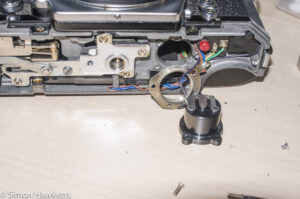
The battery connector which sits at the bottom of the battery compartment had broken off and was loose in the bottom of the camera. I had to remove the battery compartment and pull the connector up out of the body of the camera to see what had happened. It looks like the problem is a design issue. The bottom pin isn’t sprung loaded but is made in the shape of a rounded W with the two outer prongs held on the bottom of the compartment with small plastic pegs and the middle prong sits through a hole in the bottom of the compartment.
Unfortunately, as batteries are pressed into the compartment it applies strain on the plastic pegs and eventually they break. I fixed it by gluing the contact back with epoxy resin glue, but I don’t know how long it will last. As I was assembling the battery compartment back into the camera, the wire soldered to the bottom contact broke off, so I had to re-solder it and found that the wire is in a very oxidized condition and doesn’t properly tin with solder. I’ve made the connection, but it isn’t a very good one.
With the battery connection made, I assumed the meter would show some life, but even with new batteries, everything seems completely dead. If the condition of the wire to the battery holder is anything to go by, I suspect there may be other joints which need to be remade.
So at the moment I’m using the camera to see if the shutter release works free, but at some time I’ll need to get the covers off to clean the viewfinder and investigate the meter problem.
Unfortunately I don’t have an original Konica EE lens which operated the auto exposure system, so for the purposes of the pictures above I’ve paired the body with a later Konica lens from a Konica TC-X DX.
Konica Autoreflex T2 Description
To say the Autoreflex T2 is a solid camera is an understatement. It is a really solid, heavy camera which looks like it could survive being dropped down a mountainside.
The impression of a solid design is confirmed by the sound the camera makes as you wind and fire the shutter – you wouldn’t want to use this camera in quiet surroundings, or somewhere you didn’t want to be noticed. That said, it’s the sound of a well engineered camera and is distinctly different from for example the Zenith range, which are also loud but don’t sound half as nice.
Manufacture of the T2 variant started in about 1970. It was a minor change from the earlier T version, and the model insignia on the front of the camera says Autoreflex T rather than T2. It was only when I did some research that I found it was a T2 model – the position of the On/Off switch round the shutter release button giving it away.
Exposure and Metering
The Autoreflex camera range was one of the first to offer auto exposure, although by the time this model was produced by the early 1970s other manufacturers had caught up, and it was a common feature.
With the lens set to the EE position, the aperture is selected automatically when the shutter speed is selected, so it is what we would term Shutter Priority auto exposure.
If the lens is not equipped with the EE setting, or it’s switched off the EE setting to a particular aperture, the camera moves to manual exposure and employs a match needle system to set the correct exposure. There is a fairly comprehensive display in the viewfinder to show the exposure information, which I’ll cover in a bit.
The metering system is fairly interesting in that it claims to offer spot metering, centre weighted metering and averaged metering, all auto selected depending on the lens fitted to the camera. Because the metering on my camera isn’t working I can’t confirm this at the moment, but when I get the top off and fix the metering I will be able to check the claim with at least a 50 mm & 28 mm (the only two Konica lenses I own).
Viewfinder display
I was really quite surprised at the level of information displayed in the viewfinder on the Konica Autoreflex T2.
On the left-hand side of the display is a scale showing a range of aperture values from f/1.2 to f/16. There is then a meter needle which shows the aperture the camera has selected if the photographer is shooting in auto exposure mode.
Because different lenses have different maximum aperture values, there is a coupling system driven by a protrusion or pin on the back of the lens, which moves a red flag in the viewfinder to indicate the maximum aperture value the lens supports. So if I fit a lens with a maximum aperture of f/3.5, the scale shows from 3.5 to 16, with the other values below 3.5 hidden (well partially obscured) by a red flag. As long as the meter needle is within the values shown, the exposure will be correct.
If the camera is being used in manual mode, there is a mark on the side of the aperture scale which is used as a target for match needle metering instead. In this situation, the shutter speed dial and the aperture are both adjusted until the meter needle is coincident with the marker and the exposure is correct.
On order to know which system is being used, there is a Manual indicator at the top of the aperture scale which appears when the camera is not in Auto mode – the letter ‘M’ appears.
As well as indicating the aperture in the viewfinder, at the bottom there is a small window which shows the selected shutter speed. This isn’t (as far as I can tell) an optical display of the side of the shutter speed dial but seems to be a mechanical system in the camera which repeats the setting – I’ll find out more when I get the top off the camera.
The focus is assisted by a micro prism circle in the centre of the viewfinder, and some internet research tells me that some variants of the camera had a split rangefinder fitted, although this seems to have been a factory fitted option rather than a user fitted after sales option.
As I said above, the viewfinder on my model is dirty and dull, so I’m going to get the top off and see if I can get it cleaned up.
Other features
The camera is equipped with a mechanical self-timer and flash sync sockets for X or M flash sync, although no hot shoe. There is an on-off switch fitted around the shutter release to save battery power when not being used.
One other interesting feature I found when trying the self-timer is that it acts as a mirror lockup for the rundown time of the timer. That is, the first action of the self-timer is to lift the mirror, and it stays up until the exposure happens, and then drops as usual. This means the self-timer can be used to limit any chance of camera shake caused by the mirror introducing vibration just before the exposure happens.
All in all a nice camera and it makes you think what a shame it is that Konica left the camera business.
Konica Autoreflex T2 Specifications
- Konica Autoreflex T2 35mm manual focus slr
- Very solidly made and well engineered
- Shutter speed 1 sec to 1/1000 sec + B
- Flash sync at 1/125
- X & M flash sync sockets
- Vertical metal ‘Copal Square’ shutter
- Mechanical 10 sec self timer
- Frame counter coupled to the film advance
- Depth of field preview button
- Konica Bayonet lens mount
- Film speed from 25ASA to 1600ASA
- Internal TTL metering with auto spot, centre weighted, averaging selection
- Shutter priority Auto exposure with EE series lenses
- Great viewfinder information for a camera of this age
- Body Ser No: 207391
- Manual available here
Discover more from Everything Vintage
Subscribe to get the latest posts sent to your email.

